
Background information
What Heidi can do – Switzerland in Space, Episode 2
by Martin Jud

As a member of ESA, Switzerland has long been involved in space programs. Still, we aren't an independent space nation. To do this, Switzerland would have to launch its own satellite into space using its own launch vehicle.
Anyone who thinks that Switzerland is still far from becoming a space nation is far off the mark. Thanks to ETH Zurich, we now have the Swiss Academic Space Initiative (ARIS), dedicated to the development and construction of research rockets and other space-related hardware.
As a result of this initiative, and a team of almost 100 students from various universities backing it, our time could come in ten years. Here's the timetable: by 2024, the self-developed rocket should be able to reach an altitude of 50 kilometres and eject payloads. The major goal of putting satellites into orbit is to follow as early as 2029.
There's a good chance that the ambitious 2029 target will be reached, as the project is on track: last summer, the HEIDI home-built rocket exceeded all expectations in the world's largest engineering competition for rocket construction – the Spaceport America Cup 2019 – , performing exceedingly well in the most important category. I'll tell you more about this in Episode 3. But be that as it may: what happened last year is damned astonishing, as this student association of space enthusiasts has only been in existence since Autumn 2017.
The Spaceport America Cup has been taking place in the desert of New Mexico since 2017. It's a major conference and the largest competition for missile technology between colleges and universities. An engineering competition in which around 1,500 students or 122 teams participate in six categories.
The Cup features rockets with solid, liquid or hybrid fuel. Rockets with both home-made as well as purchased engines are represented. In addition, the categories differ in the altitude at which they fly; they fly at 10,000 feet (3,048 meters) or 30,000 feet (9,144 meters).
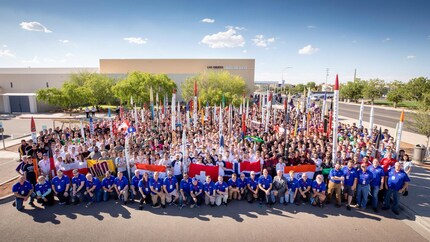
ARIS has already competed twice. They competed with more than 50 competitors in the largest category, with the following objectives:
The first ARIS rocket was christened TELL and entered the Spaceport America Cup in June 2018. Thanks to a great deal of innovation, TELL won a prize right away – the Charles Hoult Award for the modelling and simulation of the air brake design, developed in-house.
However, the flight wasn't successful. TELL just couldn't hit the symbolic apple. Although the rocket took off at 200 meters per second, 1.4 seconds of flight time was all it would get.
Video in slow motion.
An overlong waiting period before launch caused the desert temperatures to heat up the rocket's engine too much, despite the craft's white colour. Either that, or the engine the team bought wasn't up to the task. Either way, the internal pressure rose too high.
Since the team designed the rocket well, it didn't shatter into a thousand pieces – shielding above the engine prevented a worse outcome. Nevertheless, the dreams of the students and their months of work were destroyed in a split second. The extent to which TELL was affected is shown by the parts recovered.
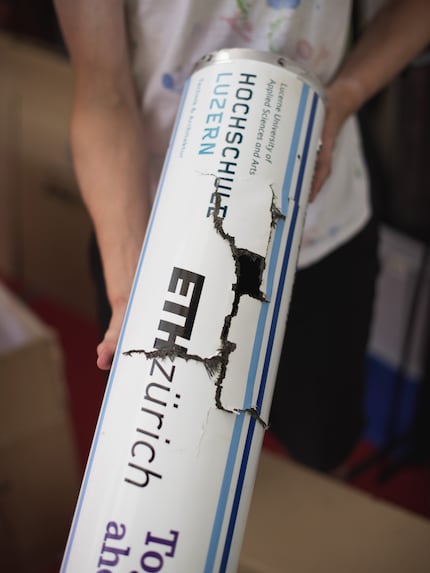
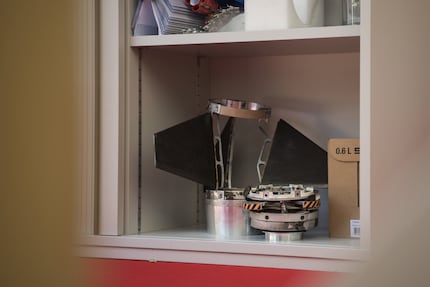
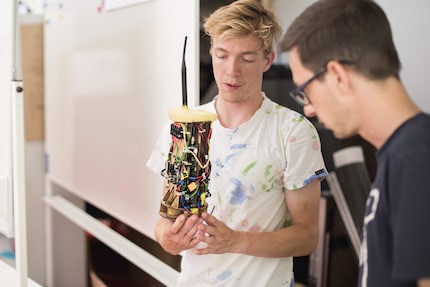
Fortunately, the team picked itself up again after the TELL setback. And in retrospect, it was perhaps this very failure that gave the necessary impetus to tackle a second rocket project in autumn 2018, which didn't only eradicate the mistakes of the past, but also had the potential to provide much better flight.
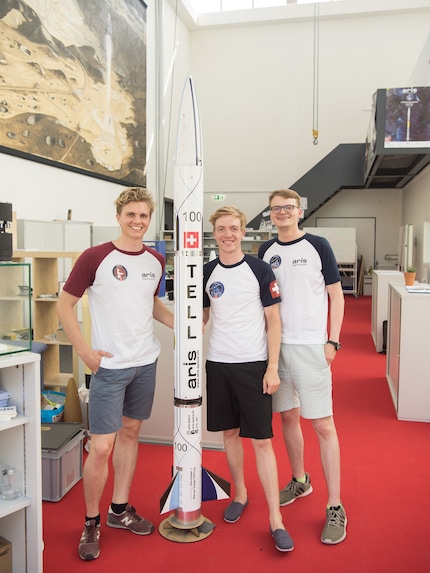
I visited the team behind ARIS, had the technology of their rockets explained to me and spoke with the man who had the honour of pressing HEIDI's start button in the New Mexico desert at over 40°C last year. I was also able to see how they were doing.
But before we head out into the desert, Episode 2 of this story will teach you how HEIDI is built and why bovine cartilage cells are allowed to take off together with the rocket.
I find my muse in everything. When I don’t, I draw inspiration from daydreaming. After all, if you dream, you don’t sleep through life.
Interesting facts about products, behind-the-scenes looks at manufacturers and deep-dives on interesting people.
Show all